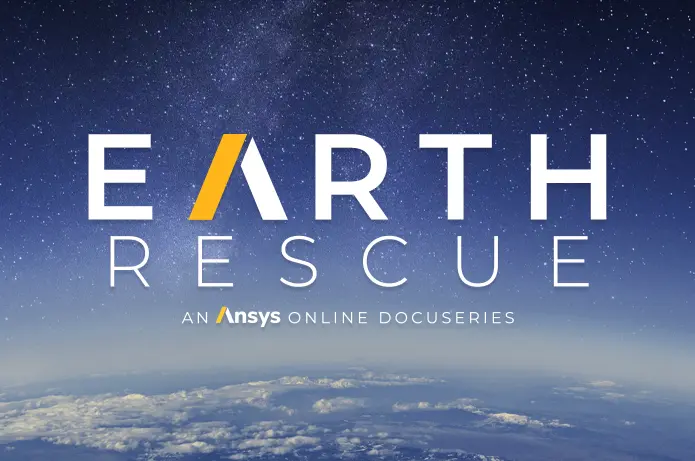-
-
July 14, 2021 at 4:53 am
Choyunho
Subscriber안녕하세요
FDTD 에서 Analysis group에 있는 Qanalysis tool 사용중에 궁금한것이 있어서 질문드립니다.
July 27, 2021 at 7:07 pmgsun
Ansys EmployeeHi,@Choyunho ,Sorry to reply you late. Shin-Sung now is taking more management responsibilities, I will try to help you through google translation. If possible, please submit your questions in English in the English Forum.
It seems that you want to have a contour map of Q vs. height and frequency. In the analysis group you have set the range from 300-400THz, however, the Q analysis gives different starting frequency/wavelength, causing the problem of contour mapping. If this is the question, then here is my answer:
Q and its correspondent frequency/wavelength are device's properties. If the height is changed, its resonant property may change. This is why you got different results. The current Q analysis group uses this
resonances = findresonances(t_cut,signal_cut,[f_min,f_max]);
to find the resonance. So if the resonance changes, the resulting resonant frequency/wavelength will change.
Since the above function only gives the result at the resonance, no values at off-resonance. it can be challenge to map the result discretely for continuous change or shift of the resonant frequencies.
To get the mapping, you may try some (complicated) manipulations:
1: record the Q analysis results from sweep, and then post-process the data: create a matrix to accommodate all possible resonate frequencies, and Qs.
2: use FFT, or CZT for that specific frequency rang, and get the intensity map first. Usually the higher intensity means higher Q. However, you will need to get the Qs at the different wavelength. Currently we do not have a script command to get Q at the given wavelength. It may end up the similar thing as #1.
You may just track one dominate resonance for simplification.
Lastly, you may have two plots instead of mapping: resonant frequency vs height, and Q vs height. This can greatly simply the script.
Viewing 1 reply thread- You must be logged in to reply to this topic.
Ansys Innovation Space
Boost Ansys Fluent Simulations with AWS
Computational Fluid Dynamics (CFD) helps engineers design products in which the flow of fluid components is a significant challenge. These different use cases often require large complex models to solve on a traditional workstation. Click here to join this event to learn how to leverage Ansys Fluids on the cloud, thanks to Ansys Gateway powered by AWS.

Earth Rescue – An Ansys Online Series
The climate crisis is here. But so is the human ingenuity to fight it. Earth Rescue reveals what visionary companies are doing today to engineer radical new ideas in the fight against climate change. Click here to watch the first episode.

Ansys Blog
Subscribe to the Ansys Blog to get great new content about the power of simulation delivered right to your email on a weekly basis. With content from Ansys experts, partners and customers you will learn about product development advances, thought leadership and trends and tips to better use Ansys tools. Sign up here.
Trending discussions- Q analysis 관련
- FDTD boundary condition 질문 드립니다.
- Diverging simulation error
- 물질의 material gain 관련 질문입니다.
- metasurface에서 circular polarization light의 phase와 conversion efficiency 구하는 방법
- FDTD Monitor visualizer의 scaling에 대해 문의드립니다.
- FDTD-effective refractive index 관련 질문입니다.
- Power dissipation spectra 계산
- Regarding Heat simulation
- Angle의 unwrap 기능 unwrap 기능
Top Contributors-
7272
-
4248
-
2899
-
1374
-
1322
Top Rated Tags© 2025 Copyright ANSYS, Inc. All rights reserved.
Ansys does not support the usage of unauthorized Ansys software. Please visit www.ansys.com to obtain an official distribution.
-










